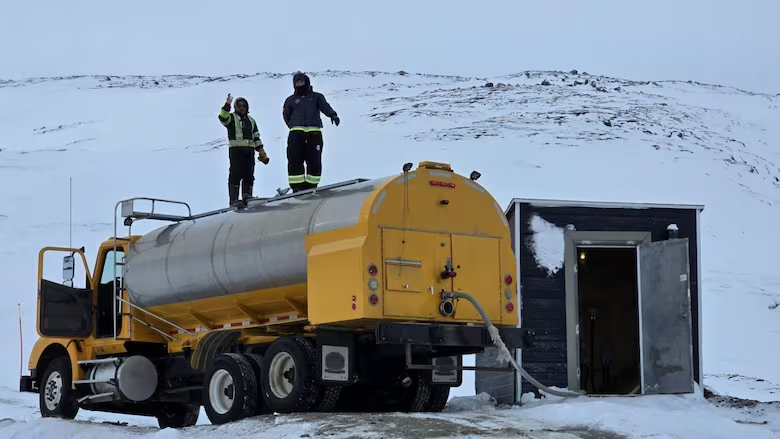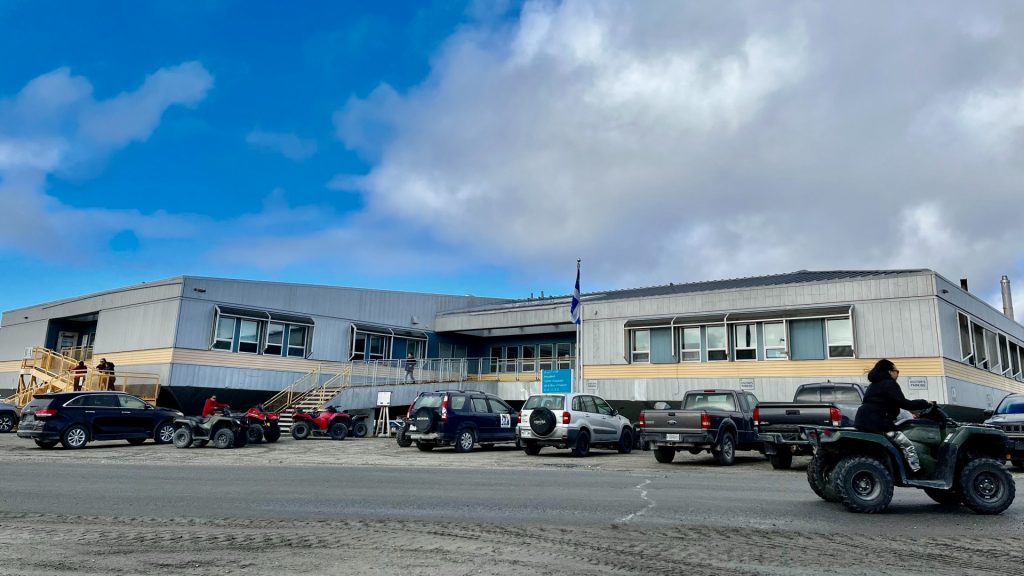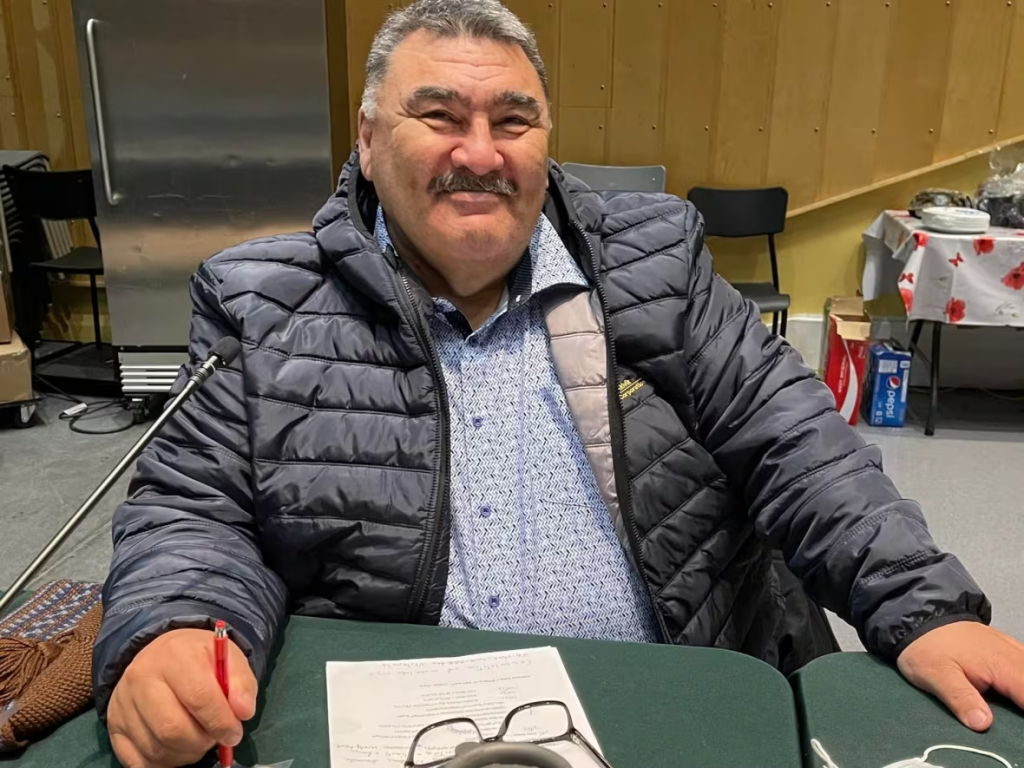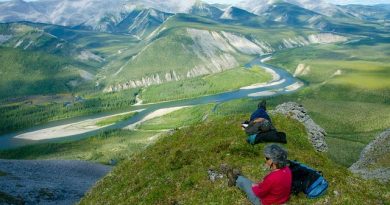Puvirnituq’s water woe relief, while issues persist in other Nunavik villages

By Samuel Wat
Harsh winter conditions caused pipes in Kangiqsujuaq, Puvirnituq and Quaqtaq to freeze
Dr. Marie-Faye Galarneau is tired of having no water at Puvirnituq’s hospital.
When it happened again on Tuesday in the Nunavik community, the doctor says she had to make do with a few bottles of water to wash her hands.
“I have a colleague who had to perform a chest drain, and she didn’t have water to wash her hands. We open a chest. There’s blood,” Galarneau said, in French.
“I don’t understand why we don’t have access to larger quantities of water … It’s still a hospital, having water for all functions is essential.”
Water delivery to the village’s roughly 2,100 residents has been severely affected since March 17, when officials discovered the village’s pipeline was frozen.
There is now a fix in sight, though. The Kativik Regional Government (KRG) has sent a team to install a temporary pipeline.

Keeping up with demand at the hospital has been of particular concern.
Unlike many other buildings across Nunavik, the hospital has an underground line that connects to the water treatment plant, which mostly substitutes the need for trucked water.
But with the pipes frozen, Mayor Lucy Qalingo says they’re having to manually deliver 70,000 litres of water to the hospital everyday.
Qalingo hopes that the temporary pipeline will be operational by mid-May.
“The crews from the KRG have arrived and right now, they’re working endlessly and tirelessly,” she said.
In the longer term, Qalingo says they’re expecting three new water trucks this summer to help their delivery, and a refurbishment of the village’s water treatment plant in two years.
Water delivery an ‘obsolete’ system
Other Nunavik villages – Kangiqsujuaq and Quaqtaq – are still faced with freezes in their pipes.
Kangiqsujuaq’s mayor, Qiallak Nappaluk, says that community’s problems began in February, when they noticed their tanks were filling up slower than usual, though parts of the pipeline have thawed.
“We are keeping up with the demand by delivering water day and night, and thanks to the staff,” she said in Inuktitut.
In Quaqtaq, the lake they draw water from is roughly two kilometres southeast of the community.
With Quaqtaq’s pipeline still largely frozen, the community is having to drive to the lake directly to collect water, which is a challenge when there are blizzard conditions.

Quaqtaq’s project coordinator, Johnny Oovaut, says that over the winter some 150 households experienced some form of disruption with water delivery, but he says “so far they’ve managed to keep up with the demand.”
Quaqtaq’s pipeline, he says, is nearly three decades old, and the chronic turnover of employees and delays in getting parts for repairs makes it difficult to maintain the aging infrastructure.
Ultimately, he calls the water delivery system in many Arctic communities “obsolete”, and believes it is possible to have pipes connecting directly to residential and commercial buildings.
“Communities further north of us have utilidors and water pipelines going to their houses, so it’s a poor excuse to say that we’re too far up north — because those communities prove that you can have water pipelines,” he said.
The village is getting a new school in the coming years. Oovaut says he wants to see a pipe connecting the school directly to the water treatment plant.
“When there’s no water at school, they shut down the school.”
In a statement to CBC News, KRG says it’s working with affected communities to continue supplying water by trucks, until repairs are completed by late summer. That involves pumping water directly from unfrozen sections of the pipelines.
“The KRG is providing technical assistance to help ensure the municipalities can continue to monitor water quality and deliver a safe, clean water supply to residents,” the statement reads.
KRG said earlier this year that it had 115 work-in-progress projects under the Isurruutiit municipal infrastructure improvement program worth $136 million, with $53 million allocated to drinking water, wastewater and storm water infrastructure.
Related stories from around the North:
Canada: Aupaluk residents fed up with lack of safe drinking water, CBC News



